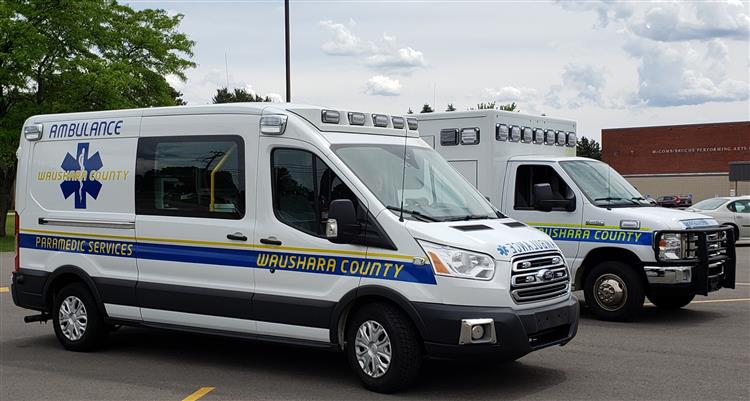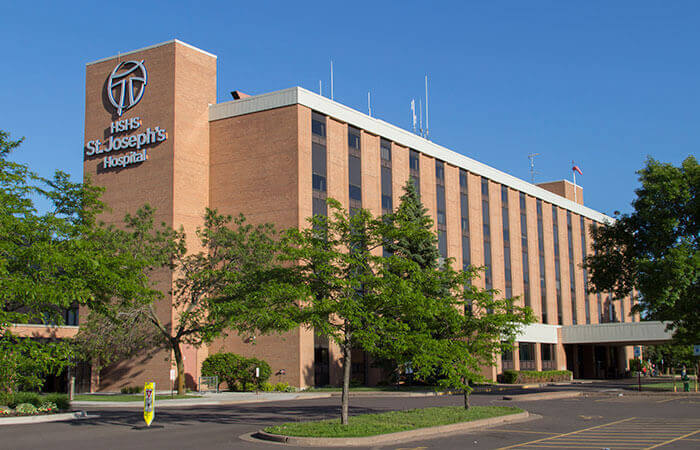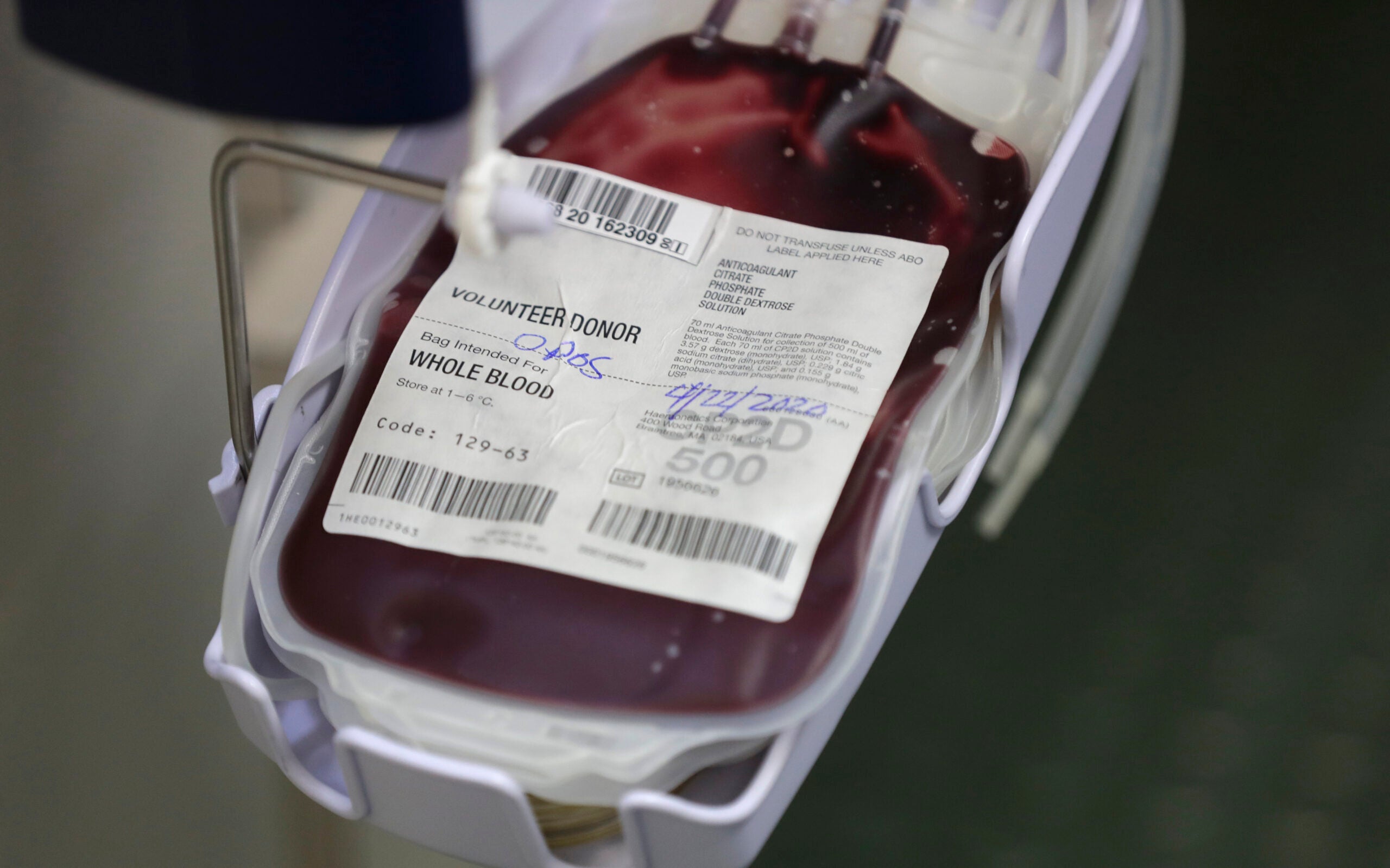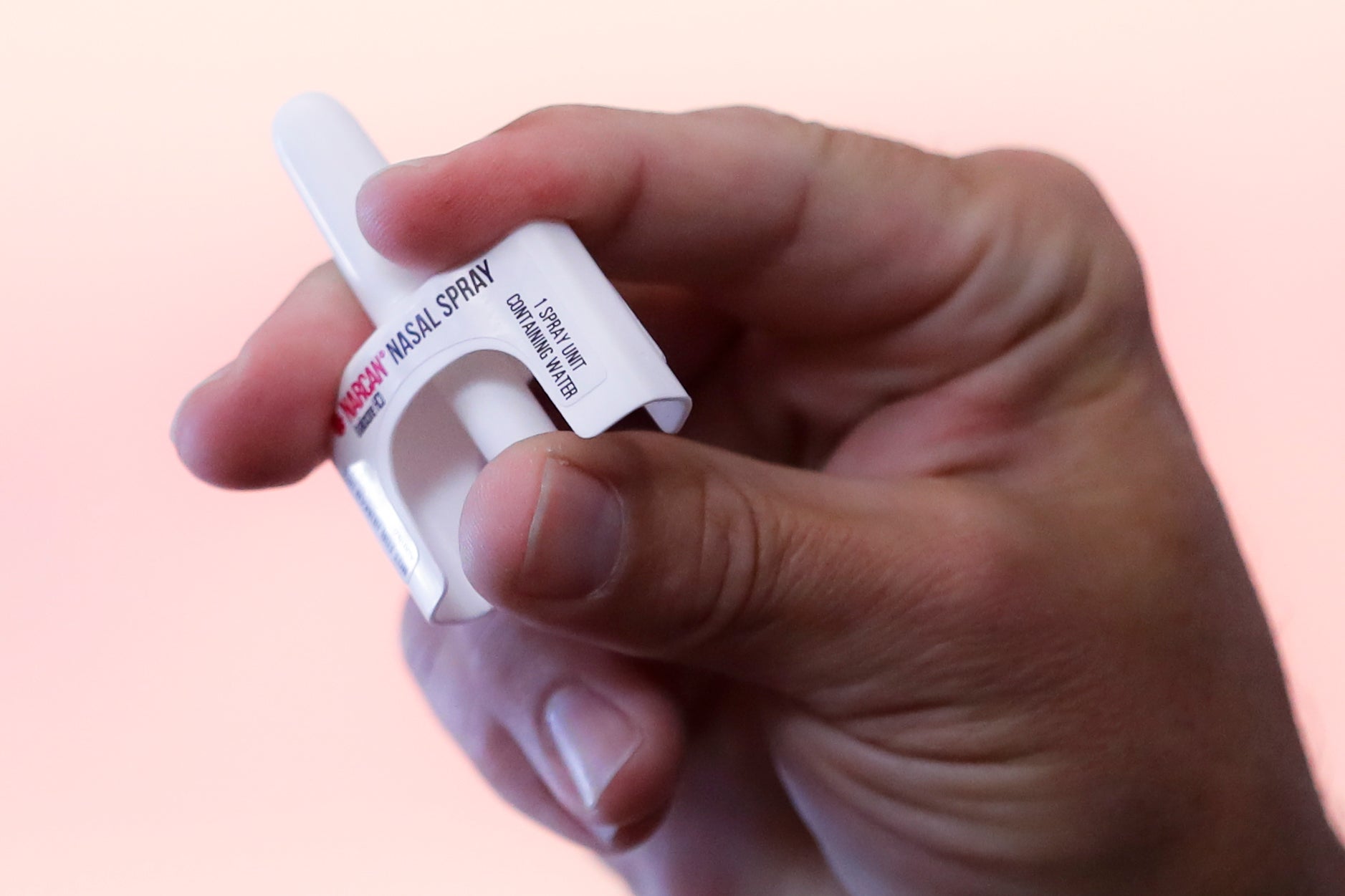A rural county in central Wisconsin was awarded a federal grant last week that will help paramedics offer telemedicine to its small and scattered population.
Waushara County will use the $213,000 grant from the U.S. Department of Agriculture to have seven rural stations be linked with computers to allow telemedicine with area hospitals and enhance training for Emergency Medical Service staff.
The grant is part of $50 million dollars the USDA is investing in telemedicine projects in 37 states. Waushara County is the only Wisconsin community to receive funding.
Stay informed on the latest news
Sign up for WPR’s email newsletter.
“The ultimate goal is to improve patient care and outcomes,” said Brian Donaldson, Waushara County’s chief of Emergency Medical Services.
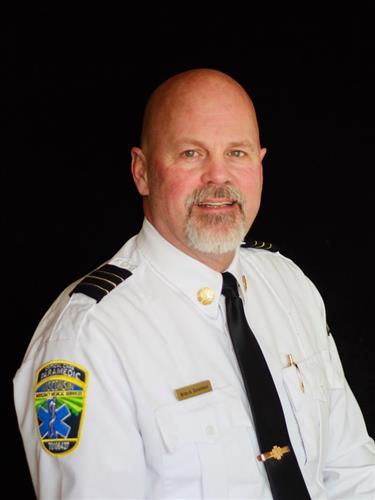
“People often use the local ambulance service as an entry point into the health care system. In many cases, transport to an emergency department isn’t in the best interest of the patient or the health care system and is an inefficient use of valuable and limited resources. We see this as a tool for getting patients the medical, or other, help they need,” he said.
Ambulances in rural communities from Wautoma, which is the county seat, to Wild Rose, where the county’s only hospital is located, to even more isolated ambulance posts like in Hancock and Poy Sippi, will be outfitted with the technology.
Donaldson offers a practical example of how telemedicine will help improve EMS service to Waushara County residents.
“Take the example of a high risk, low frequency call such as a gravely ill child. Our clinicians serve an older population, so pediatric calls are few and far between,” he said.
“We see this system as a way to put our clinicians in touch with the emergency department physicians, and when appropriate, with the specialist or sub-specialist who will ultimately care for the patient,” Donaldson added. “It will allow for the health care team to begin working together for the patient 30, 60, or even 90 minutes before the facility actually receives the patient.”
“In those lower acuity cases, it may allow for patients to be directed to the services that will most benefit them, avoiding costly ambulance transport and even more costly emergency department care when it is not warranted,” Donaldson said.
In a letter to the USDA supporting the grant application earlier this year, Waushara County EMS Medical Director Chad Voskuil noted how critical telemedicine is for the county’s 25,000 largely rural residents.
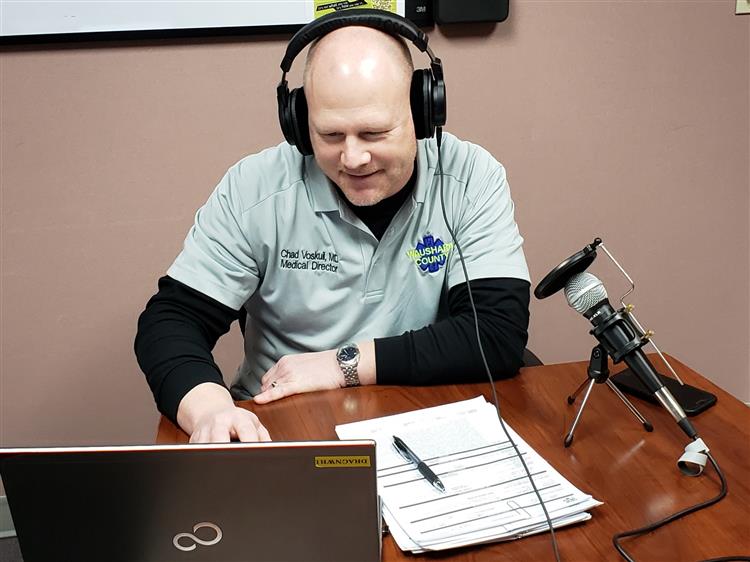
“Our service area is one of the lowest-income counties within the state of Wisconsin. And I, with my partners, staff the emergency room of the only hospital (one of the smallest hospitals in the state) within the county,” he wrote.
“Given the geography and size of our service area, EMS transport times are frequently in excess of an hour to arrive at tertiary care centers when higher level care is required. Video-telehealth equipment would allow the accepting physician specialist to initiate, monitor and adjust initial care within the ambulance during the critical first hour of care.”
It’s unknown how many rural Wisconsin communities are utilizing telemedicine in responding to medical emergencies now, but strides have been made in recent years, and the pandemic has made the practice more common for medical centers in the U.S. whether or not most people embrace the technology.
It has been around about 15 years, according to Donaldson, who said telemedicine remains a challenge.
“We have the best developed paramedicine systems with the most paramedics in the urban areas, where they are arguably needed the least,” he said.
“Conversely, we have underdeveloped, understaffed and typically underfunded systems in the rural and frontier areas, where they could be of the most benefit to patients, because of limited or lacking health care resources,” Donaldson continued. “Projects like this are a way to help achieve some health care equity and do so in an efficient manner.”
Wisconsin Public Radio, © Copyright 2024, Board of Regents of the University of Wisconsin System and Wisconsin Educational Communications Board.

